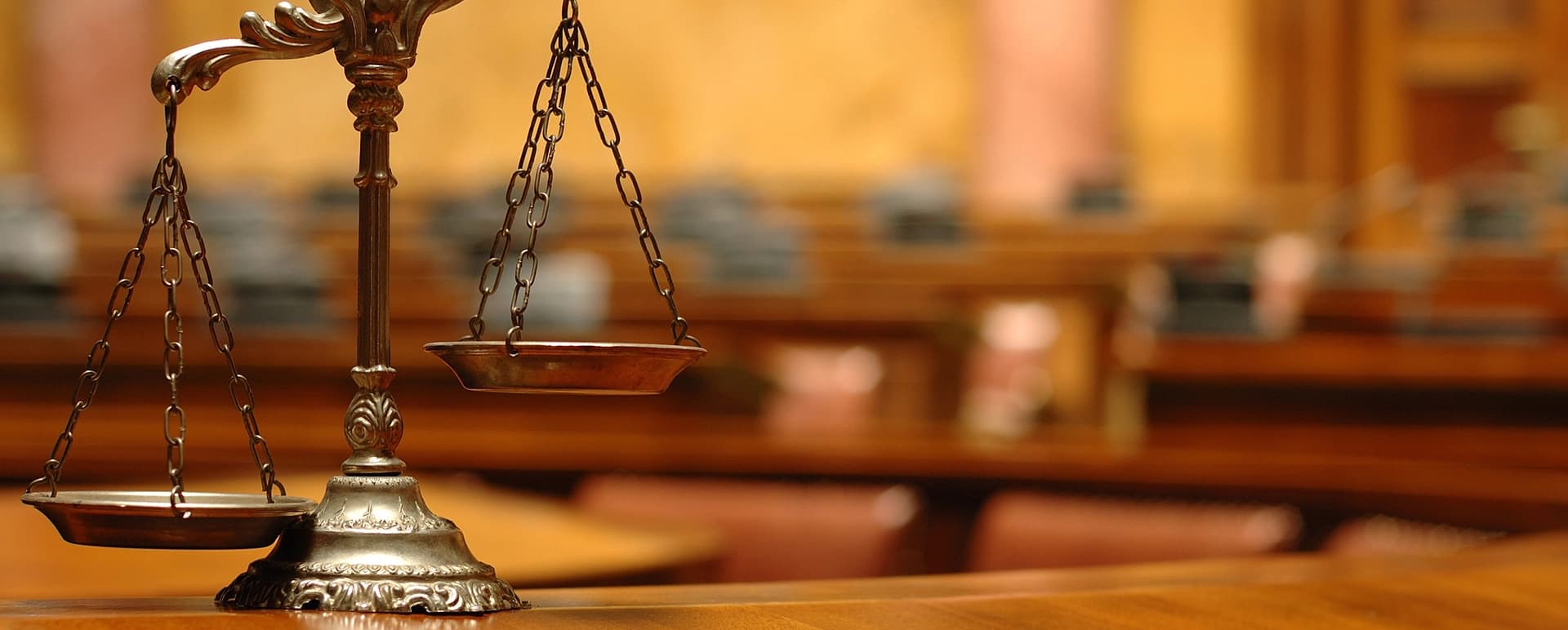Trial Presentation Comprehensive Tools for Effective Legal Advocacy
Trial Presentation Comprehensive Tools for Effective Legal Advocacy
Blog Article
Astound the Court: Important Components of a Powerful Trial Discussion
Important components such as understanding the audience, crafting an engaging story, and grasping verbal and non-verbal communication are essential parts of a reliable presentation. As these elements intertwine, they develop a cohesive approach that not just informs yet additionally engages jurors on numerous levels.

Understanding Your Audience
Understanding your audience is an essential element of effective test presentation. An effective presentation pivots on the capability to realize the demographics, values, and proneness of jurors. This comprehension notifies exactly how disagreements are mounted, evidence exists, and emotional allures are crafted, making certain that the message resonates with the jurors on a personal level.
Study shows that jurors come from varied histories and might have varying degrees of recognizing relating to legal procedures. In addition, understanding the jurors' prospective prejudices and life experiences enables the trial presenter to anticipate arguments and address concerns proactively.
Reliable trial presentation also entails observing jurors' responses during the procedures. Engaging with jurors as people rather than a collective unit is necessary in fostering a solid connection in the courtroom.

Crafting a Compelling Story
Crafting an engaging narrative is vital in leading jurors through the complexities of a case. A well-structured narrative not only simplifies complex lawful concepts yet additionally involves jurors on an emotional degree, making the info much more relatable and unforgettable.
To accomplish this, lawyers should begin by recognizing the core message they desire to convey. This message needs to resonate with the jurors' worths and experiences, cultivating a connection that goes beyond mere facts. The narrative needs to unravel realistically, providing events in a clear series to avoid complication. This sequential method can aid jurors follow the development of occasions, emphasizing reason and effect.
Incorporating human aspects-- such as personal stories or narratives-- can further improve the narrative's influence. These elements evoke compassion, allowing jurors to picture the consequences of the case on the real worlds. Furthermore, using a consistent style throughout the discussion reinforces the primary debate, making it simpler for jurors to maintain crucial points.
Inevitably, a compelling story transforms a test discussion from a simple address of truths into a convincing tale that captivates the jury, motivating them to deliberate with both reason and emotion.
Using Visual Aids
Integrating visual aids into a test discussion can dramatically boost jurors' understanding and retention of details. Visual materials such as graphes, representations, photos, and videos can change complicated legal concepts and evidence into easily absorbable styles. By engaging multiple detects, these help permit jurors to visualize the case's crucial aspects, making it easier for them to adhere to along and comprehend complex details.
Moreover, properly designed visual aids can stress crucial points and highlight relationships in between different items of evidence. Timelines can properly show the series of events, while annotated images can dig this clear up specific information relevant to the situation. This not just aids in understanding but likewise reinforces the story presented by the lawyer.
Extremely intricate or cluttered visuals may bewilder jurors and take away from the message. Inevitably, effective visual interaction can be an effective tool in persuading jurors and assisting them get to educated conclusions.
Mastering Verbal Communication
Effective verbal communication is vital in a test presentation, as it serves as the key methods through which lawyers communicate their disagreements and link with jurors. Simplicity in language fosters understanding and aids jurors realize intricate problems presented during the trial.
Furthermore, tone and pacing significantly influence just how messages are gotten. A confident tone conveys authority, while ideal pacing permits jurors to soak up info without feeling bewildered. Attorneys ought to additionally differ their vocal inflections to stress key points and keep jurors' rate of interest throughout the presentation.
In addition, the organization of verbal debates is vital. Structuring the narrative practically and coherently assists jurors follow the lawyer's line of reasoning, making it easier for them to maintain vital information. Making use of influential strategies, such as storytelling, can additionally improve the psychological resonance of the debates provided, thereby producing an extra extensive link with jurors.
Eventually, understanding verbal interaction not only enhances a lawyer's situation yet also promotes trust and connection with the court, considerably boosting the chances of a positive verdict.

Involving With Body Movement
Nonverbal communication plays an essential function in trial discussions, commonly communicating messages that words alone can not express. Body movement, including motions, position, face expressions, and eye contact, significantly affects how jurors regard the integrity and sincerity of the speaker. A confident position, with shoulders back and an this content open posture, can impart trust, while closed-off body language might suggest defensiveness or unpredictability.

Faces must reflect the emotions connected with the instance, enhancing the story being provided. A sincere expression during an emotional moment can generate empathy and reinforce the emotional charm. Inevitably, mastering body movement is important for reliable trial presentations, as it enhances spoken interaction and establishes a compelling visibility that reverberates with the jury.
Final Thought
In verdict, captivating the jury demands a tactical strategy that encompasses comprehending the target market, crafting an engaging narrative, utilizing aesthetic help, understanding verbal communication, and involving via body movement. Each element plays a critical role in creating a powerful trial discussion that reverberates with jurors on both psychological and intellectual degrees (trial presentation). By incorporating these components efficiently, legal experts can dramatically boost their capacity to persuade and influence jury decision-making
Report this page